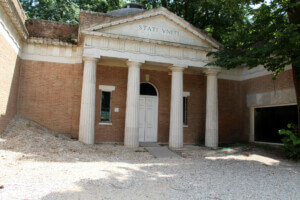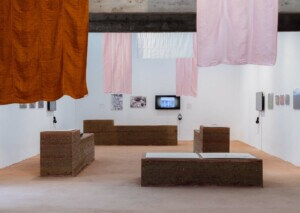Alejandro Aravena, curator of the 2016 Venice Architecture Biennale (themed “Reporting from the Front”), claims that this 15th architecture exhibition wants to “offer a new point of view” and is about “listening to those who are able to gain perspective and are in the position to share knowledge and experiences, inventiveness and pertinence with those of us standing on the ground.” Yet except for several young Americans, there are seemingly no “new points of view” from America that address urban issues and contribute to the international debate.
The lone U.S. representative is Auburn University’s Rural Studio; it takes nothing away from their profound and important contribution to say it offers little that’s new or urban. The largest number of official delegates in Aravena’s Biennale comes from Europe (86), Mexico and South America (22), and rest from global developing countries. The United States has never dominated the biennale—it began as an Italian and European event—but has always had significant representatives (excluding, of course, those in the U.S. Pavilion). Aaron Betsky curated it in 2008 as well.
Is Aravena (who has taught at Harvard from 2000-2005) unaware of developments in American architecture? Or does he simply believe the most exciting new ideas are emerging from developing countries? Paralleling the 2015 Art biennale, does he think it’s time to focus on work from the southern hemisphere? The President of the Biennale Paolo Barrata, who has a significant presence in the formulation of biennale’s direction, claims that the image of this biennale (a woman on a ladder gazing across a desert horizon) is the counterpart to the one chosen for the 2015 art biennale. That biennale—”All the World’s Futures”—was curated by Okwui Enwezor. Enwezor wanted to open the event to artists in under-represented developing countries (also largely from the southern hemisphere).
Barratta also claims that previous architecture biennales were “characterized by an increasing divergence between architecture and civil society” and the 2016 edition would examine whether there exist “phenomena that show trends that run in the opposite direction.” He promises this biennale seeks “positive images” of change geared toward civil society. It’s worrying that the U.S. has so little influence in this global debate. Are American architects providing solutions that emerge only from our unique codes and industrialized materials? Or are the solutions offered so corporate in nature that they cannot have applications outside the developed world? A partial answer to this question might be hinted at in the 2016 U.S. pavilion; we will be reporting on that tomorrow.










